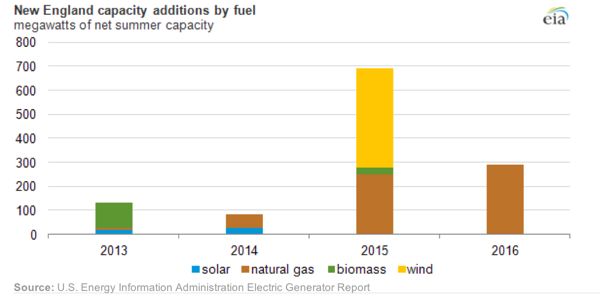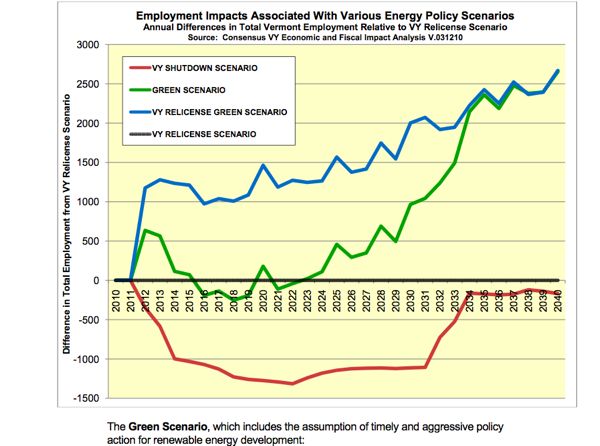The Report confirms arguments environmentalists have made for many years regarding the adverse impacts of development in terms of loss of groundwater recharge.
The report also quantifies the benefits – in terms of reduction of loss of recharge – of DEP regulations.
It is well known that groundwater recharge provides important ecological functions and services and public water supply benefits. Those functions, services, and benefits have significant economic value that has been quantified (i.e. see Valuing NJ’s Natural Capital (2007).
Given the extent of the adverse impacts in terms of loss of the ecological functions and water supply benefits associated with groundwater recharge documented by this Report – coupled with the success in DEP regulations in reducing these harmful impacts – the report makes the case for both stronger policies, in terms of stricter land use controls and storm water regulations, and some form of economic compensation (i.e. impact fees) by developers for the loss of groundwater recharge caused by development.
Developers should compensate the public for “lost use” of natural resources and lost use of publicly owned water supplies resulting from loss of groundwater recharge.
- What Does The Report Say?
So, lets take a look at how the Report supports those kind of regulatory and compensation policies.
The Report appropriately begins with this lovely Epigram, From Chapter III, The Woods (Marsh, 1864 – no typo 150 years ago!)
Influence of the Forest on the Flow of Springs
It is well established that the protection afforded by the forest against the escape of moisture from its soil, insures the permanence and regularity of natural springs, not only within the limits of the woods, but at some distance beyond their borders, and this contributes to the supply of an element essential to both vege- table and animal life. As the forests are destroyed, the springs which flowed from the woods, and, conse- quently, the greater water courses fed by them, diminish both in number and in volume.
General Consequences of the Destruction of the Forest
With the disappearance of the forest, all is changed. … The face of the earth no longer a sponge, but a dust heap, and the floods which the waters of the sky pour out hurry swiftly along its slopes, carrying in suspension vast quantities of earthy particles which increase the abrading power and mechanical force of the current, and augmented by the sand and gravel of falling banks, fill the beds of the streams, divert them into new channels and obstruct their outlets. The rivulets, wanting their former regularity of supply and deprived of the protecting shade of the woods, are heated, evaporated, and thus reduced in their summer currents, but swollen to raging torrents in autumn and in spring.
I suggest you read the entire Report, but I’ll summarize the methodology and findings here.
The Report examines and quantifies 3 things:
- conversion of land to development and associated increase of imperious surfaces
- loss of groundwater recharge resulting from land use change and increased impervious surfaces
- simulates the reduction in loss of recharge under DEP storm water “Best Management Practices” (BMP’s)
During the 1995 – 2007 period, the 3 counties lost significant forested and agricultural lands to development. These lands provide recharge, and development and impervious surface reduce that recharge, while at the same time increasing demand for water from the development.
According to the report, from 1995 – 2007, that development created 7,711 acres of new impervious surface in the 3 counties.
Conversion of land to development reduced groundwater recharge by approximately 2.018 billion gallons per year.
The Report goes on to simulate how full implementation of DEP’s storm water BMP’s would have reduced the loss of recharge associated with development.
The Report has to assume full implementation, but that is an unrealistic assumption, given poor implementation by local governments and builders and DEP’s lax monitoring and enforcement of those BMP’s.
Full implementation of the DEP’s stormwater BMP’s would have reduced that loss of recharge by 35% (Sussex), 69% (Atlantic) and 88% (Mercer) – see Table 8.
But, surprisingly, the Report’s list of BMP’s did not include what is perhaps DEP’s strongest and most effective storm water BMP, the 300 foot wide (both sides) Category 1 stream buffers, so the benefits are likely larger in magnitude.
These C1 stream buffers are codified as water quality BMP’s in the DEP storm water management rules (@ NJAC 7:8-5.5 (h), but they also serve to reduce loss of recharge associated with development by reducing the intensity and footprint of development; reducing impervious surfaces of development; preserving natural vegetation; reducing soil disturbance; and providing direct recharge.
- Bottom Line – Reforms Going Forward
The bottom line is that development has a significant impact on groundwater recharge. The loss of recharge is essentially “taking” public property that should be paid for by the developer in terms of some form of impact feee, e.g. based on calculated loss of recharge or area of impervious surface and the value of “natural capital” consumed and permanently lost.
As our water supplies, ecosystems, and physical infrastructure become increasingly stressed and financial deficits magnify, all water users must begin to pay their fair share for “consumption”, whether at the back end use from the tap, or on the front end in terms of loss of recharge to source waters.
Similarly, towns need to do build out capacity based land use planning and zoning that reflects the capacity of water resources. Towns like Hopewell (Mercer County) have done exactly this and provide a model.
State and local open space acquisition programs need to better target aquifer recharge areas.
Last, given the fact that DEP BMPs can work to reduce adverse impacts, DEP needs to expand regulatory efforts, strengthen regulations, and more strictly monitor and enforce compliance.
Interesting report, read the whole thing.
Of course, none of these policies can be enacted under the current Christie regime or what passes for political reality in the legislature and municipal planning boards.



